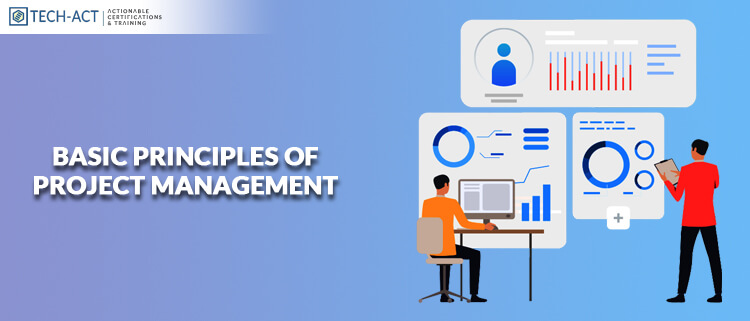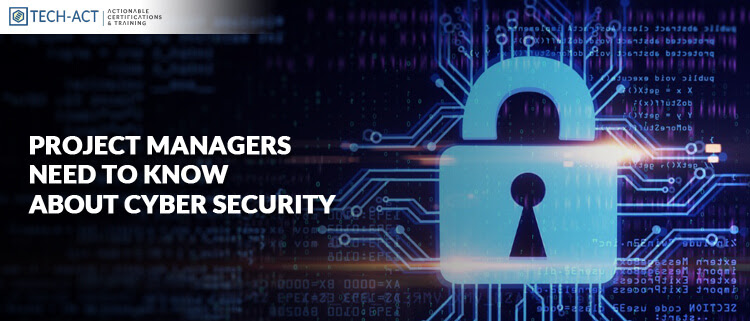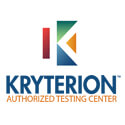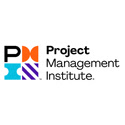Project Management Checklist To Quick Start Your Project
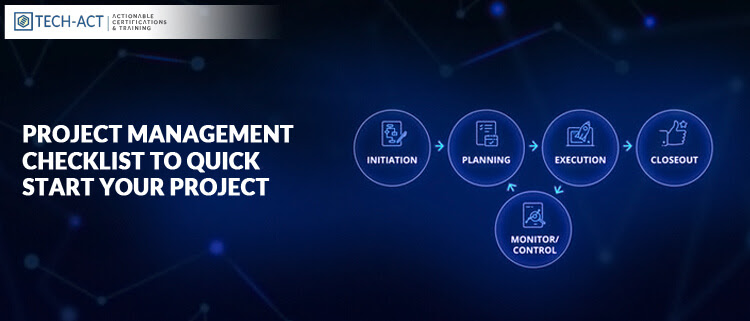
There are ample of responsibilities that lie on the shoulders of project manager. Right from the negotiating process till the time the deal is finalized with the vendor, everything is managed by them. They are also accountable for managing a team of people and have to ensure that the team functions smoothly. When we talk about project management, the project manager has to be always readily available to support his team through various activities then whether it is project mission or signing contracts or kickoff meeting. Though all these activities seem a very routine work still to avoid any miss or any confusion, it is very important for a project manager to maintain checklist for effective project management.
Maintaining checklist means firstly you don’t have to remember everything plus you are eliminating the chances of missing any important activity. The checklist should be very precise and detailed. What things will be jotted down in the checklist also depends on the potential of your team. A checklist will be considered good if it concentrates more on those steps and processes which were a miss in the previous projects.
Being aware about internal evaluations and recognizing what are organizational weaknesses are also very important as you can mention them in your project checklists.
Here we begin with the simple but effective project management checklist that one should follow:
1. Have a Vision:
If in any way you are connected with project management work then you would definitely agree that having a clear vision statement is a must. The vision statement framed should be such that it connects all the pieces of the project together.
Below is the list of attributes which must be included while framing a project vision. Ensure that your vision addresses the following:
- How is the project ‘in-line’ with the beliefs?
- Mission of the organization
- What is the project’s expected outcome?
- Who will be most impacted by this project?
- Know the tools, technologies, and other resources that will be required for completing this project.
2. Recognize your Stakeholders:
Who is a stakeholder? Well stakeholder is someone who will have an impact on the project or will be impacted by the project. Hence, they play a very vital role. Therefore, the project manager should keep a constant communication with the stakeholders.
Some of the common stakeholders in the project are customers, your team members, consultants, vendors, and management. Post, you identify who are your stakeholders then look at the ratio of the influence and the interest they would have in the project and then accordingly frame an engagement strategy.
3. Discover the Project Scope:
Discovering the project scope is one of the crucial steps in your project management checklist. As the scope, spots the defined characteristics and functions of the final product. Prior making a final decision on the project scope, project manager must take the valuable inputs from each and every stakeholder.
Ensure that the project scope is exhaustive and it addresses everything. There are many projects across industries that have failed miserably because they could not stick to the original idea. This situation is known as ‘scope creep’ and the best way to ensure that you don’t end up in this situation is by defining a project scope that is not only clear but also easy to understand.
4. Start Working on a Plan:
Once all the aristocratic calls are taken then it’s time to concentrate on project planning. This stage in the project life cycle is of key importance because during this stage whatever decisions you would take, it will directly have an impact on the project until it is completed. During this stage, you will have to be very thoughtful on what are the specific steps that you would need to take & how would you achieve the set goals. Project schedule and project timeline should also be created in this stage. Task, budget and other available resources are the basic components which should be included in the project plan.
5. Work Breakdown Structure (WBS):
This might not be considered very important by many project manager and they would even exclude it from their checklist. Still, we would suggest that you should have work breakdown structure in your checklist, as it assists in simplifying & in visualizing the project. Especially when the project is of complex nature over there visualization is very beneficial as it aids in understanding the project and in taking effective decisions.
6. Budget of the Project:
Budgeting is significant. Why? The common reason behind most of the unsuccessful projects is failed budgeting. Therefore, project manager needs to place emphasis on budgeting stage and have to ensure that the budget can easily cover the cost. Usually, the budget allocation for the project is done by stakeholders and they only indicate the maximum budget that would be allocated. The smartest budgeting is when the project manager keeps the initial budget below the maximum budget that is being allocated by stakeholder. And why it is smartest? Because lower budget firstly indicates that you have optimized processes and secondly you have some extra resources that you can use in case things go south.
7. Identify and plan the available resources:
As a project manager you will never have access to unlimited resources hence creating a resource plan becomes extremely important. Identify things which are essential for the project completion like people, equipment or project management software. Distribute each resource properly and ensure that your team members are not burdened to avoid project burnout situation.
8. Have a Communication Plan:
Constant communication which is effective is necessary to ensure project success. And as a project manager you are accountable to make sure that all your team members are on the same page. Communication requirements would differ from one stakeholder to another depending upon the stakeholder’s role and involvement in the project. As, a project manager create a communication plan for each group and use visualization tools to maximize the information you need to send across. We would recommend using a project management tool that will ensure better coordination among the team and with shareholders.
9. Have a Risk Management Strategy:
There is always a room for contingencies, as a project manager you will have to ensure that the project doesn’t get impacted by any unforeseen risk or situation. Hence, scheduling and prioritizing of the work should be done in such a way that in case of any future contingency, some task can be expedited.
There are ample of responsibilities that lie on the shoulders of project manager. Right from the negotiating process till the time the deal is finalized with the vendor, everything is managed by them. They are also accountable for managing a team of people and have to ensure that the team functions smoothly. When we talk about project management, the project manager has to be always readily available to support his team through various activities then whether it is project mission or signing contracts or kickoff meeting. Though all these activities seem a very routine work still to avoid any miss or any confusion, it is very important for a project manager to maintain checklist for effective project management.
Maintaining checklist means firstly you don’t have to remember everything plus you are eliminating the chances of missing any important activity. The checklist should be very precise and detailed. What things will be jotted down in the checklist also depends on the potential of your team. A checklist will be considered good if it concentrates more on those steps and processes which were a miss in the previous projects.
Being aware about internal evaluations and recognizing what are organizational weaknesses are also very important as you can mention them in your project checklists.
Here we begin with the simple but effective project management checklist that one should follow:
1. Have a Vision:
If in any way you are connected with project management work then you would definitely agree that having a clear vision statement is a must. The vision statement framed should be such that it connects all the pieces of the project together.
Below is the list of attributes which must be included while framing a project vision. Ensure that your vision addresses the following:
- How is the project ‘in-line’ with the beliefs?
- Mission of the organization
- What is the project’s expected outcome?
- Who will be most impacted by this project?
- Know the tools, technologies, and other resources that will be required for completing this project.
2. Recognize your Stakeholders:
Who is a stakeholder? Well stakeholder is someone who will have an impact on the project or will be impacted by the project. Hence, they play a very vital role. Therefore, the project manager should keep a constant communication with the stakeholders.
Some of the common stakeholders in the project are customers, your team members, consultants, vendors, and management. Post, you identify who are your stakeholders then look at the ratio of the influence and the interest they would have in the project and then accordingly frame an engagement strategy.
3. Discover the Project Scope:
Discovering the project scope is one of the crucial steps in your project management checklist. As the scope, spots the defined characteristics and functions of the final product. Prior making a final decision on the project scope, project manager must take the valuable inputs from each and every stakeholder.
Ensure that the project scope is exhaustive and it addresses everything. There are many projects across industries that have failed miserably because they could not stick to the original idea. This situation is known as ‘scope creep’ and the best way to ensure that you don’t end up in this situation is by defining a project scope that is not only clear but also easy to understand.
4. Start Working on a Plan:
Once all the aristocratic calls are taken then it’s time to concentrate on project planning. This stage in the project life cycle is of key importance because during this stage whatever decisions you would take, it will directly have an impact on the project until it is completed. During this stage, you will have to be very thoughtful on what are the specific steps that you would need to take & how would you achieve the set goals. Project schedule and project timeline should also be created in this stage. Task, budget and other available resources are the basic components which should be included in the project plan.
5. Work Breakdown Structure (WBS):
This might not be considered very important by many project manager and they would even exclude it from their checklist. Still, we would suggest that you should have work breakdown structure in your checklist, as it assists in simplifying & in visualizing the project. Especially when the project is of complex nature over there visualization is very beneficial as it aids in understanding the project and in taking effective decisions.
6. Budget of the Project:
Budgeting is significant. Why? The common reason behind most of the unsuccessful projects is failed budgeting. Therefore, project manager needs to place emphasis on budgeting stage and have to ensure that the budget can easily cover the cost. Usually, the budget allocation for the project is done by stakeholders and they only indicate the maximum budget that would be allocated. The smartest budgeting is when the project manager keeps the initial budget below the maximum budget that is being allocated by stakeholder. And why it is smartest? Because lower budget firstly indicates that you have optimized processes and secondly you have some extra resources that you can use in case things go south.
7. Identify and plan the available resources:
As a project manager you will never have access to unlimited resources hence creating a resource plan becomes extremely important. Identify things which are essential for the project completion like people, equipment or project management software. Distribute each resource properly and ensure that your team members are not burdened to avoid project burnout situation.
8. Have a Communication Plan:
Constant communication which is effective is necessary to ensure project success. And as a project manager you are accountable to make sure that all your team members are on the same page. Communication requirements would differ from one stakeholder to another depending upon the stakeholder’s role and involvement in the project. As, a project manager create a communication plan for each group and use visualization tools to maximize the information you need to send across. We would recommend using a project management tool that will ensure better coordination among the team and with shareholders.
9. Have a Risk Management Strategy:
There is always a room for contingencies, as a project manager you will have to ensure that the project doesn’t get impacted by any unforeseen risk or situation. Hence, scheduling and prioritizing of the work should be done in such a way that in case of any future contingency, some task can be expedited.




